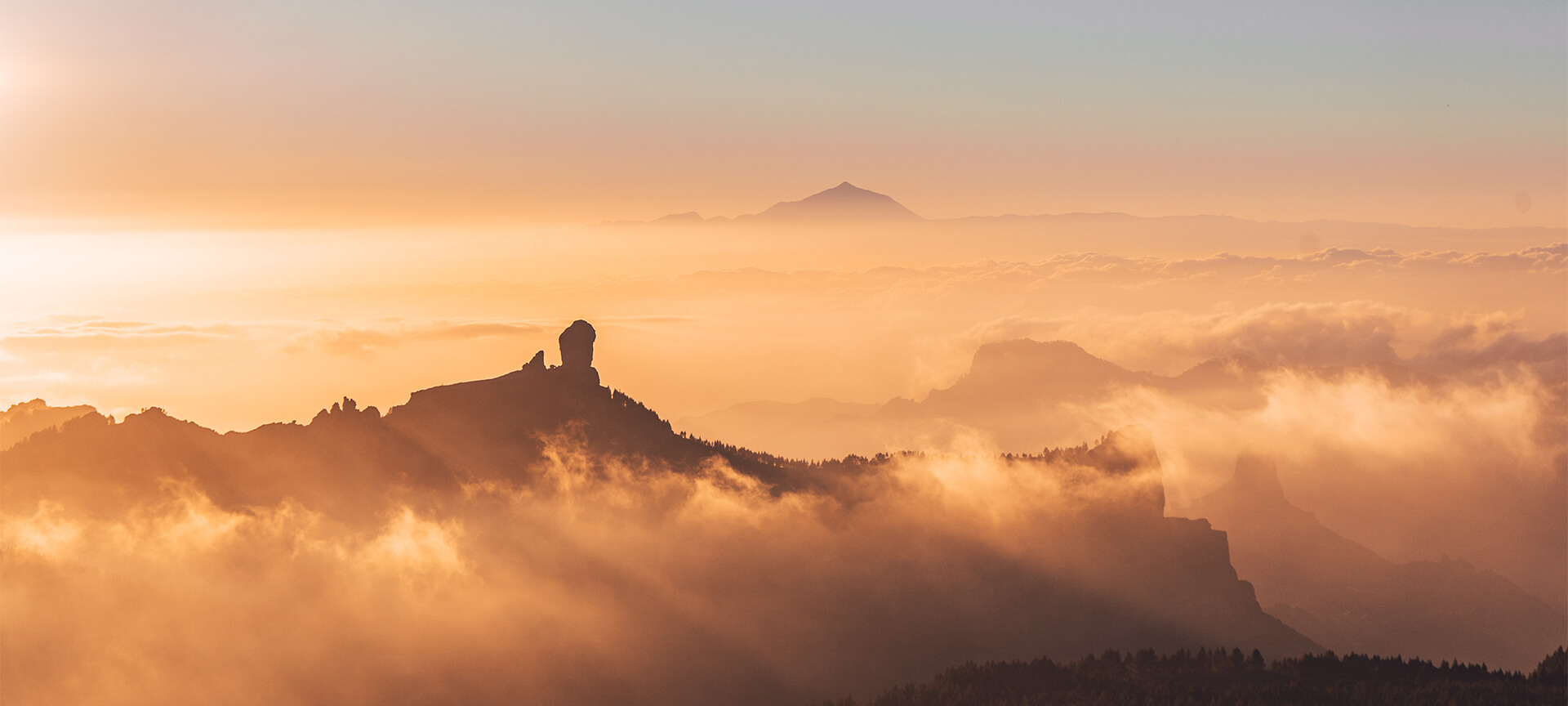San Sebastián de La Gomera is the capital of this island. It is also known as “Isla Colombina” due to its historical links with the discovery of America. The city emerged around a natural bay and to this day has preserved numerous places and monuments of interest, such as the church of La Asunción, the Pozo de la Aguada and the Torre del Conde (Tower of the Count).
Its excellent tourism facilties offer a wide range of leisure activities, including the chance to practice all kinds of nautical sports in the port area. Inland, hiking or cycling trails are the best ways of exploring the sheer mountainous landscape of La Gomera and some of its natural treasures, such as the Majona Nature Reserve and the National Park of Garajonay.
Founded in the mid-15th century by Hernán Peraza “el Viejo”, San Sebastián de La Gomera developed as a town at the mouth of La Villa ravine. A few decades later, it had become a thriving commercial port and remains so to this day. The city is echeloned on a cliff overlooking the bay. The old House of los Peraza, situated in the spot now known as Pozo de la Aguada, is one of the city's main historic sites. Another place of interest is the centrally-located Plaza Mayor and the church of La Asunción, constructed on the site of an old hermitage. Situated at the centre of the bay is the so-called Torre del Conde, which has preserved its original apperance, and, on the outskirts, the hermitage of San Sebastián, dedicated to the saint from whom the city takes its name. Another cultural visit not to be missed is the Museo-Casa de Colón (the house of Cristopher Columbus), which highlights the important role played by the island in the discovery of America. TourismSan Sebastián de La Gomera boasts excellent tourism facilities. It offers for example a wide range of hotel accommodation, including a parador which, thanks to its position on a hill known as the Lomo de La Horca, has magnificent views over the ocean.At the port, visitors are reminded of the history of the conquest of America since it was here that Christopher Columbus stopped off in 1492 for provisions for his caravels en route to the New World. Nowadays the port boasts some of the finest nautical facilities in the whole of the archipelago, offering a wide range of leisure activities, such as deep-sea diving, sailing, submarine fishing and other water sports. As well as numerous daily crossings to the neighbouring island of Tenerife, the port also offers trips around the island by catamaran.By contrast, the rough terrain of the inland on La Gomera is ideal for outdoor sports such as hiking and mountain bike trails. The so-called Valle del Gran Rey (Valley of the Great King) provides an opportunity to explore an ancestral system of cultivation on the most improbable of terraces. Situated by the sea is a small port with hotels and apartments. Awaiting visitors in the south of the island is the tourist resort of Playa de Santiago; whilst situated in the north are the so-called Órganos, an unusual geological formation resembling the pipes of an organ.Most of the island's natural treasures can be admired in several of its protected spaces. Ravines and cliffs emerge along the length and breadth of the Majona Nature Reserve, which boasts lush vegetation and endemic species. A small sector to the south-east borders with the National Park of Garajonay, a natural space characterised by volcanic rocks. Awarded World Heritage status, it contains a major botanical relic from the Tertiary Era: the laurisilva forest. Food and WineCharacterised by its simplicity, the cuisine of La Gomera boasts several local delicacies that set it apart from the rest of the achipelago, such as "potaje de berros" (watercress soup) and "almogrote" (a paste made from goat's cheese). The island also offers the famous "papas arrugadas" (boiled potatoes) and "vieja" (a local fish). Meanwhile, palm honey is used as the basic ingredient for a rich variety of desserts.All of these dishes can be accompanied by any of the five Label Guarantee wines produced in the province: Abona, Tacoronte-Acentejo, Valle de Güimar, Valle de la Orotava and Ycoden-Daute-Isora.




